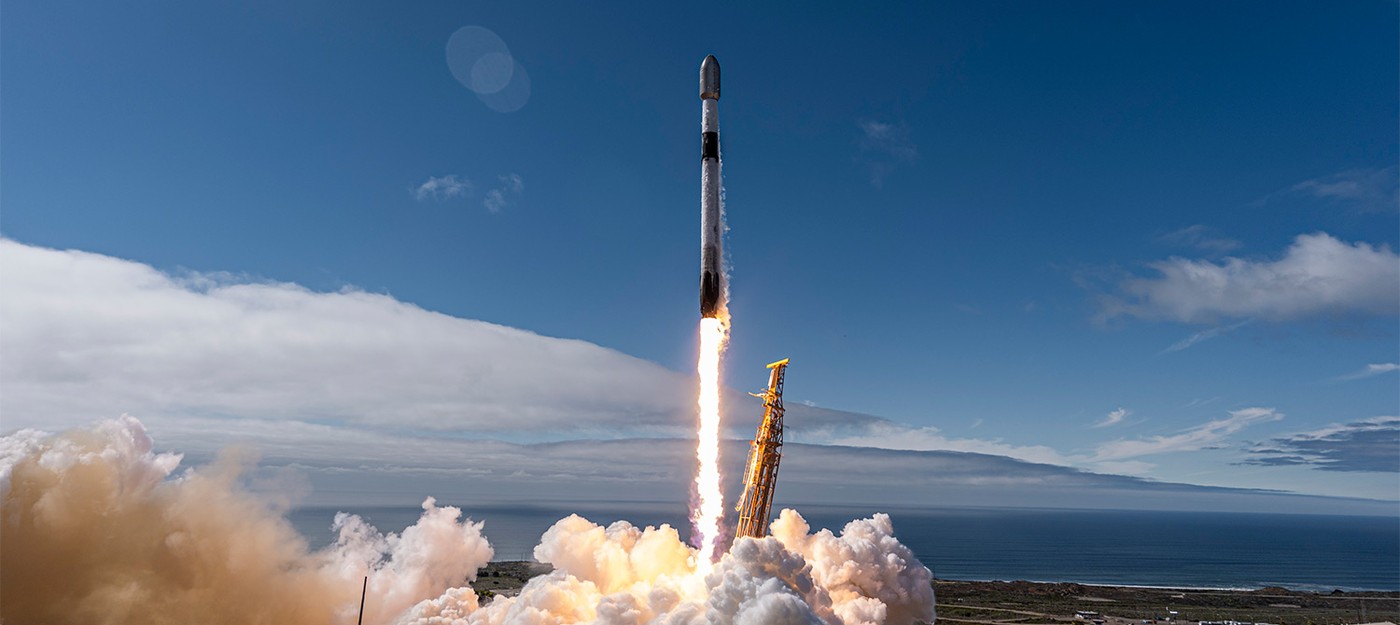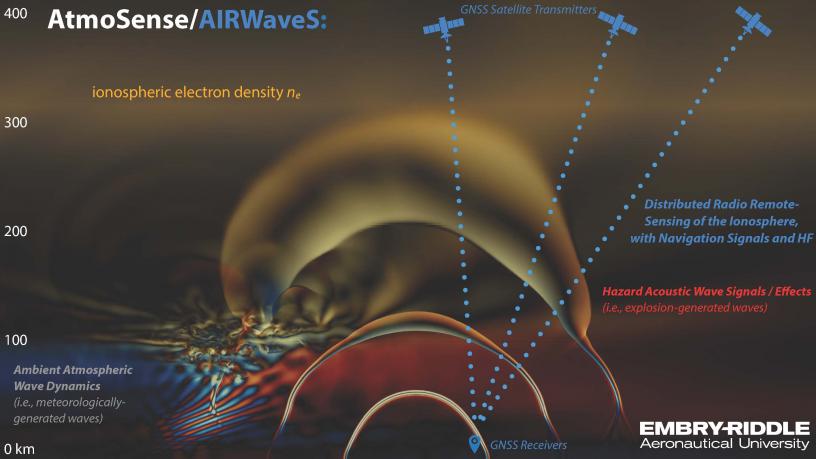DARPA accidentally invents new rocket "radar" thanks to SpaceX

The Defense Advanced Research Projects Agency (DARPA) has unintentionally discovered a new method for tracking objects re-entering Earth's atmosphere while monitoring atmospheric disturbances caused by a descending SpaceX rocket.
DARPA's AtmoSense program aims to utilize Earth's atmosphere as a global sensor by measuring acoustic and electromagnetic waves propagating through it. The initiative seeks to trace these disturbances back to specific events occurring on the planet's surface, potentially allowing the agency to monitor underground explosions or other national security threats through atmospheric signals.
During a recent atmospheric monitoring session in New Mexico, where the team was studying sound waves generated by controlled explosions, researchers noticed an anomalous pattern in their sensor data.

"As the team was looking at the data, they saw a huge drop in what's called total electron content that puzzled them," explained Michael Nayak, AtmoSense program manager. "Imagine that you have water going through a hose. That's a flow of electrons, and if you put your fist in front of the hose, you'll notice a significant drop in water volume coming out of the hose."
After analyzing the data, the team traced the disturbance to a SpaceX Falcon 9 rocket reentry that occurred on the same day as their test. "Then they decided to pull other SpaceX reentry data, across dozens of launches, to see if they could spot a similar electron drop," Nayak added. "The phenomenon is highly repeatable."
This discovery has effectively created a new technique for identifying objects re-entering Earth's atmosphere. The AtmoSense researchers will share their latest findings during an upcoming virtual workshop scheduled for April 15-17.